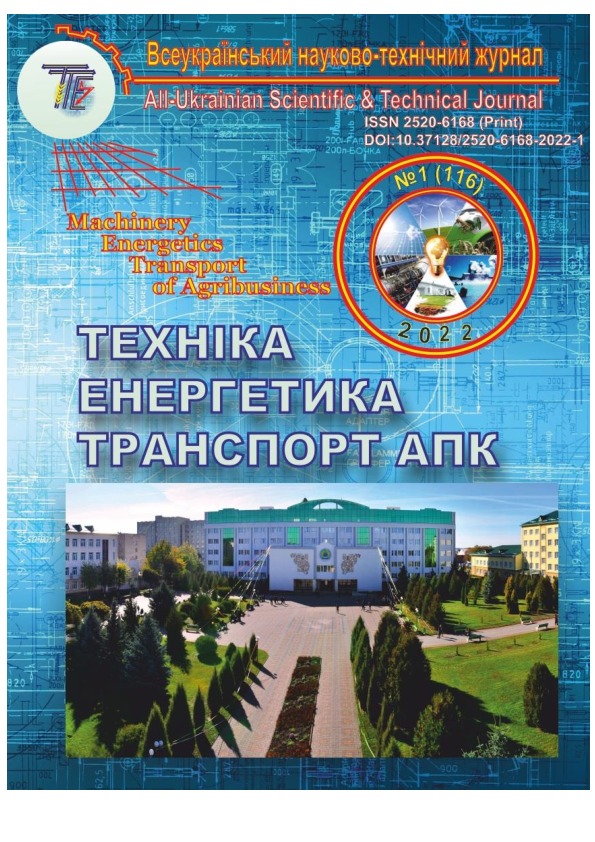id: 31059
Title: Мodelling of working process of equipment with hydraulic drive for separation of damp dispersive materials.
Authors: Sevostyanov І., Ivanchuk Y.
Keywords: hydraulic drive, dispersed system, separation process, productivity, energy consumption.
Date of publication: 2022-05-26 20:55:30
Last changes: 2022-05-26 20:55:30
Year of publication: 2022
Summary: A task of introduction of separation processes of damp dispersive materials are very actual for food and processing industry of Ukraine and other countries, because its solution will allow to resolve by most effective way a problem of utilization of such waste as alcoholic bard, beer pellets, beet press, coffee and barley slime. In most cases this waste is poured out in nearest reservoirs or on ground and that leads to environment pollution. But after separation from the waste of the liquid phase (waste dehydration) its hard phase can be used as a valuable additive to agricultural fodders or as a high calorie fuel. By article’s authors notion the most prospective method of separation of the damp dispersive waste is mechanical dehydration, that provides high productivity of the working process, low consumption of energy (in 240 – 800 times lower then under realization of thermal methods) and necessary final humidity of the waste (20 – 25% in case of utilization by a method of vibro-blowing dehydration). One of the most prospective types of equipment for mechanical separation of the damp dispersive waste are presses with hydraulic drive that have relatively compact dimensions, high energy efficiency and reliability and provide a possibility for wide-range and infinitely variable control of main parameters of a loading regime of the waste processing. There is a scheme of an improved and high effective installation with hydraulic drive for separation of damp dispersive materials is presented in the article. Besides there are elaborated equations of its mathematic model that connect working parameters of separation, design parameters of the installation and physical-mechanical characteristics of the processed material. These equations can be used for optimization of the installation’s design and for creation of its method of projecting calculation.
URI: http://socrates.vsau.org/repository/getfile.php/31059.pdf
Publication type: Статті у наукових фахових виданнях України (Copernicus та інші)
Publication: Engineering, Energy, Transport AIC. 2022. № 1 (116). Р. 77-82.
In the collections :
Published by: Адміністратор
File : 31059.pdf Size : 2992267 byte Format : Adobe PDF Access : For all

| |
|
|